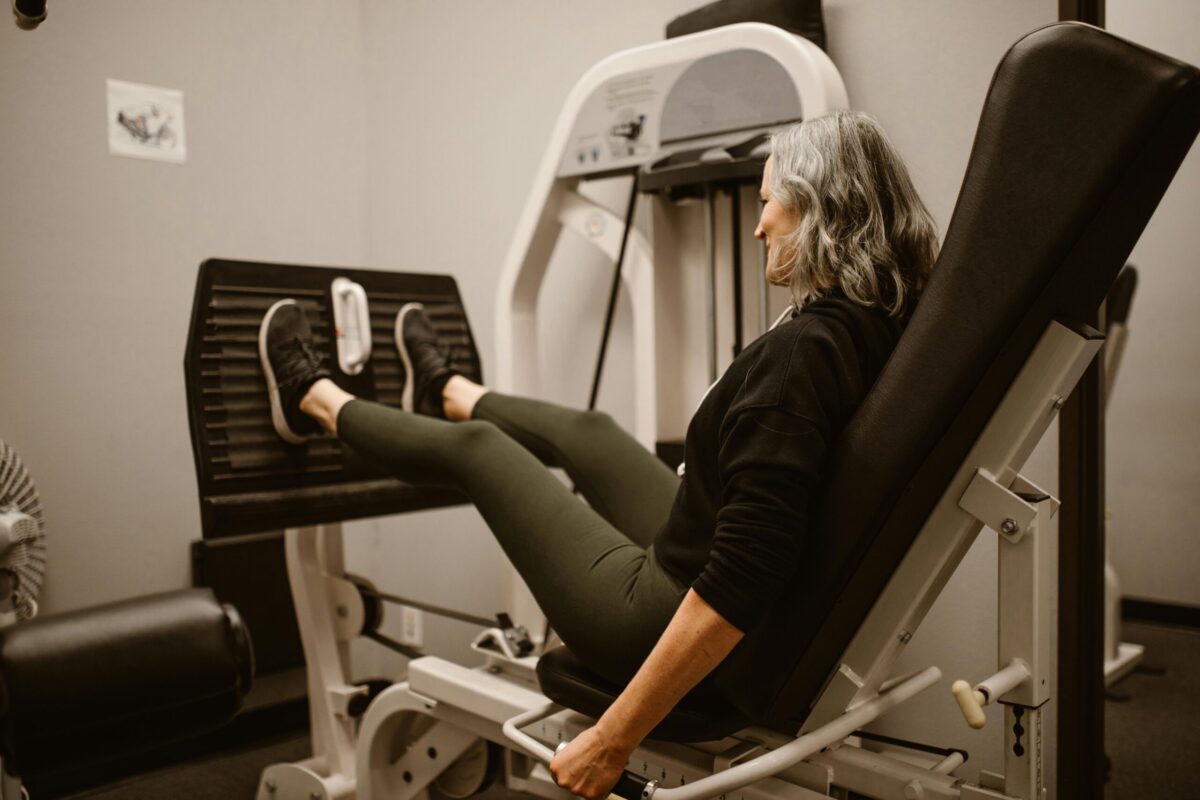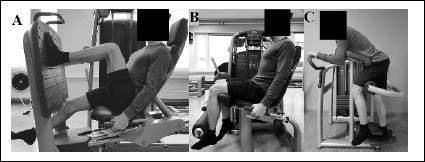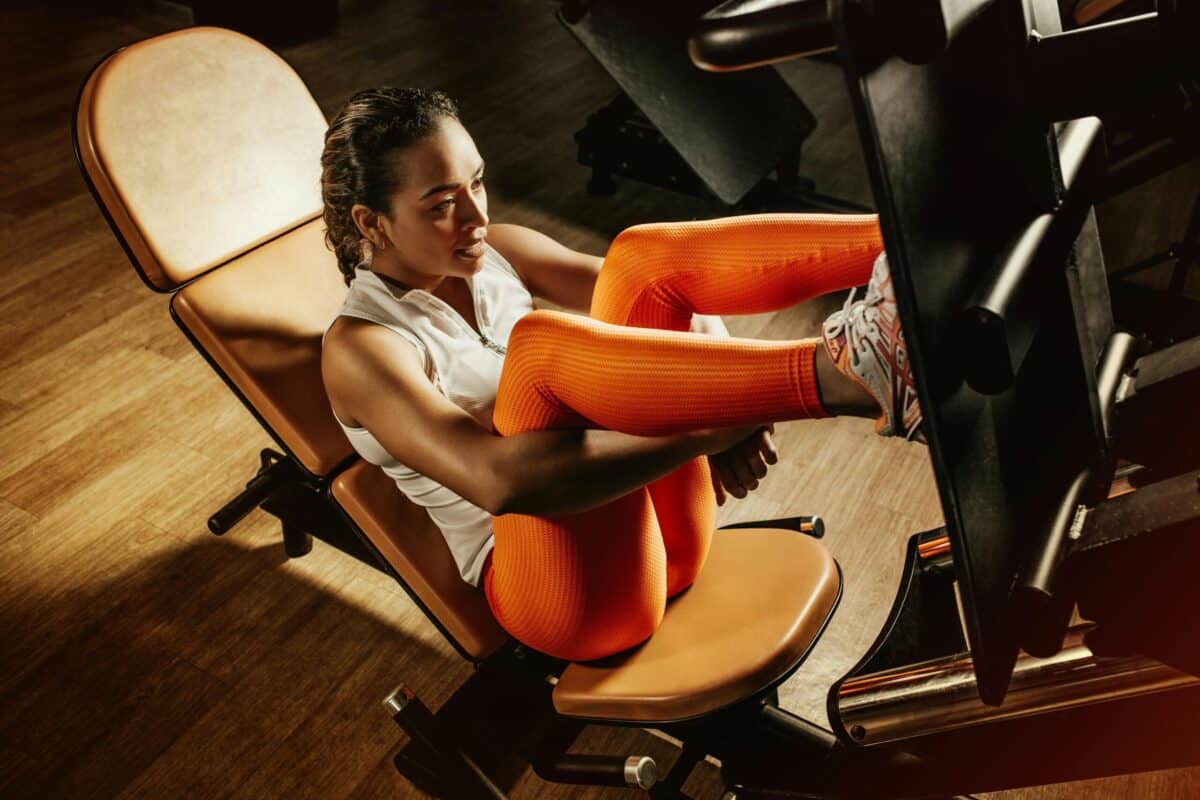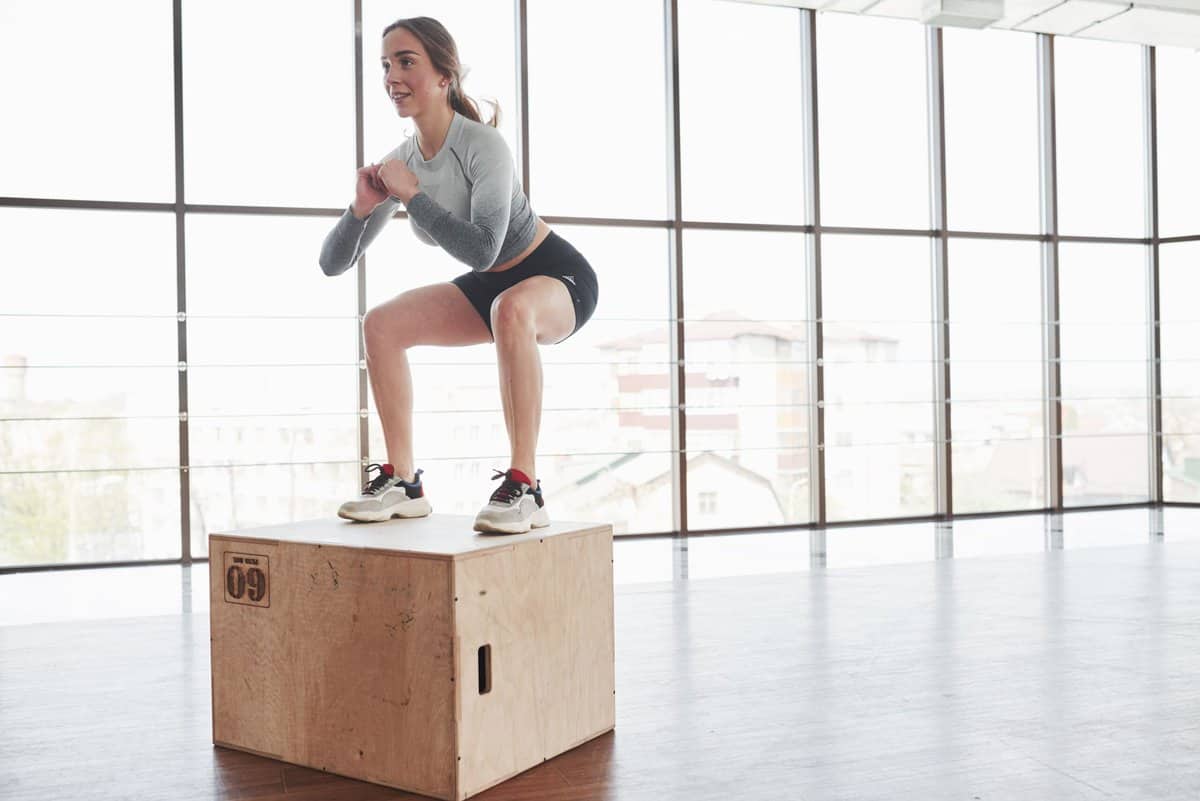The horizontal press is perhaps the least known, but it is increasingly found in gyms. In this article, we will discuss the 3 aspects of its use.
What is the horizontal leg press?
In strength training, the goal is always the pursuit of physical improvement. When specifically training the lower body, trainers seek the best strategies to achieve large and strong legs, which is where the horizontal press appears as one of the selected exercises.
In the horizontal press, the main muscle groups (rectus femoris and the vastus medialis and lateralis) involved are the knee and hip extensors, which can also be trained with isolated exercises (1 and 2).
Other muscle groups involved are the gluteus maximus and the hamstrings, as the glutes benefit from hip flexion and extension, and the hamstrings are secondarily involved in the horizontal press (3).
Additionally, it is one of the variants along with the vertical press and the 45° inclined press. This type of equipment is currently used in the gym room, which makes it interesting to consider the possibility of including it in the training plan.
Technique for performing the horizontal press
To perform the horizontal press, the executor will be asked to place their feet apart at shoulder width with a foot eversion of about 10 to 20°, where the knees should remain perpendicular above the toes to avoid excessive separation (1).
Regarding the grip, executors should hold both handles on the sides to avoid lifting the body from the seat or the hip. To start the leg action, the knees should be positioned at 90° and the hip at approximately 70°, and to complete the repetition, the knees should extend to 180° and the hip to 150°. Once that position is achieved, start again with the next repetition (1).

Unilateral mode variant of the horizontal press
For the unilateral horizontal press, the executor will be asked to place the knee at 90° and with the hip at 60°, execute a strong knee extension aiming to reach 180° of knee over 150° of hip.
This variant would allow correcting imbalances with one-leg work, allowing greater amplitude of the vastus lateralis (2).
On the other hand, the unilateral horizontal press would bring significant advantages in terms of stimulus and work not only of the quadriceps but also of the gluteus maximus, due to the position of the hip. If due to lack of time one has to choose the best option, this type of horizontal press could be the most optimal (2).
The current results could indicate that performing the back kick exercise to target the gluteus maximus is redundant if a leg press variation is included in the training program.
Stien, N., and collaborators (2021)
In the words of the authors, one of the variables to consider when selecting exercises is mechanical redundancy.
In another context, the unilateral horizontal press is also considered beneficial for improving stability and coordination, and could be crucial especially for preventing falls and improving mobility, especially in older adults (3).
Benefits of performing the horizontal press
One of the benefits in terms of training time duration, the horizontal press could save time in work compared to performing accessory exercises or unilaterally (1).
[article ids=”10016″] On the other hand, it could be a viable option to focus the stimulus on the quadriceps musculature, especially for bodybuilders (1).
From another point of view, this type of horizontal press would not present greater advantages over other presses since the work would be distributed not only to the quadriceps but also to the hamstrings, calves, and glutes because the backrest would not allow full knee extension (2).
Another benefit of practicing the horizontal press is the possibility of transferring similar movements to walking, running, and climbing stairs, in addition to being a good option to include the unilateral horizontal press variant, as it would target strength gains especially in older adults (2 and 3).
In another context, the horizontal press seems to have benefits in terms of care, especially in people suffering from back pain, which Verbrugghe, J. and collaborators (2020) found that a HIIT-type training involving exercises like the horizontal press favors the reduction of back pain in people suffering from discomfort or injuries in the back.

That said, the horizontal leg press is a great exercise that can stimulate muscle mass and strength gains in the lower body (5).
Ways to program the horizontal press
In order to strengthen the legs, Stien, N., Pedersen, and collaborators (2020) planned leg training with the horizontal press, the quadriceps extension chair, and the back kick. In this, the women who participated in their study improved the 6 RM and 8 RM after 8 weeks of training.
- These authors propose a 10-minute warm-up on a cycle ergometer.
- Then train between 20% to 80% with sets of 2 to 20 repetitions.
- Using 4 sets for the assigned percentage with rests of up to 3 minutes.
Another way to program horizontal press training is to seek the 6 RM where in each set the load will be adjusted by 2.5 kilos to achieve 6 repetitions with 3 to 5 minutes of rest between sets.
In order to improve the quality of training, HIIT seems a good option to involve them in training programs, especially with durations of up to 12 weeks, which Verbrugghe, J. and collaborators (2020) propose a HIIT-type training (in people suffering from back pain or injury), with training loads ranging from 40%-60% to 80% intensity.
Conclusions on the horizontal press
So far, we have talked about the horizontal press, which if chosen in a recreational type training plan could be used as an additional option, but if the principle of specificity is respected in terms of a sport, other variables must be observed when selecting exercises in planning.
On the other hand, scientific studies are parameters that can be used to know and improve training programs, which would not be advisable to copy the programming of them as the context of application is important.
Although care must be taken when using surface electromyography results to prescribe strength exercises (Vygotsky et al., 2018) cited in Stien, N., and collaborators (2021).
The versatility of this machine allows users to provide better control over the exerted force, and in the field of recreational or sports training, it improves the possibilities of improving control and balance in older adults (4).
Regarding the programming of the horizontal press, there are different ways depending on the objectives set, that is, linear, undulating, or step progressions can be used, focused on lower body training, combined with squats or other exercises like quadriceps extensions, in addition to presenting the possibility of involving them in a HIIT-type training.
Bibliographic references
-
Stien, N., Pedersen, H., Ravnøy, A. H., Andersen, V., & Saeterbakken, A. H. (2020). Training specificity performing single-joint vs. multi-joint resistance exercises among physically active females: A randomized controlled trial. PloS one, 15(5), e0233540. https://doi.org/10.1371/journal.pone.0233540.
-
Stien, N., Saeterbakken, A. H., & Andersen, V. (2021). Electromyographic Comparison of Five Lower-Limb Muscles between Single- and Multi-Joint Exercises among Trained Men. Journal of sports science & medicine, 20(1), 56–61. https://doi.org/10.52082/jssm.2021.56.
-
Vargas-Molina, S., García-Sillero, M., Romance, R., Petro, J. L., Jiménez-García, J. D., Bonilla, D. A., Kreider, R. B., & Benítez-Porres, J. (2022). Traditional and Undulating Periodization on Body Composition, Strength Levels and Physical Fitness in Older Adults. International journal of environmental research and public health, 19(8), 4522. https://doi.org/10.3390/ijerph19084522.
-
Verbrugghe, J., Agten, A., Stevens, S., Hansen, D., Demoulin, C., Eijnde, B. O., Vandenabeele, F., & Timmermans, A. (2020). High Intensity Training to Treat Chronic Nonspecific Low Back Pain: Effectiveness of Various Exercise Modes. Journal of clinical medicine, 9(8), 2401. https://doi.org/10.3390/jcm9082401.
-
Wu, C. M., Lee, M. H., Wang, W. Y., & Cai, Z. Y. (2021). Acute Effects of Intermittent Foot Cooling on 1 RM Leg Press Strength in Resistance-Trained Men: A Pilot Study. International journal of environmental research and public health, 18(18), 9594. https://doi.org/10.3390/ijerph18189594.


